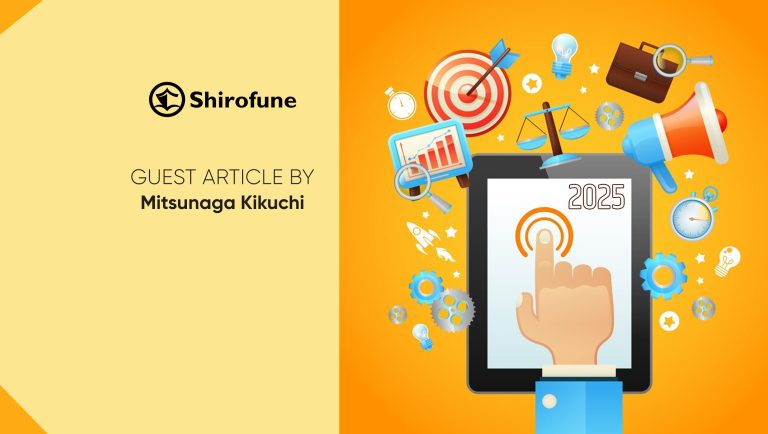The Year that Changed the Creator Economy!
Something happened during the pandemic, when we were all sitting home looking for ways to keep ourselves busy. TikTok took off, and it now arguably “owns” the creator economy. The platform didn’t invent the creator economy (I’ve been a longtime fan of Yoga With Adriene, a YouTube channel for fitness buffs!). But TikTok put it on steroids and has captured the world’s audiences. This isn’t a bad thing, mind you, because it cracks open new opportunities for brands, as long as they’re able to adapt to the TikTok user’s predilections.
If you’re not investing in the creator economy you’re missing out on a huge opportunity. The creator economy is valued at $100 billion, and continues to grow. The people who drive it are the polar opposites of the slick Mad Men who once dominated advertising. Of the estimated 50 million content creators, just 2% are professionals.
The remaining 49 million are people who simply have something to say and are adept at leveraging readily available tools — cameras, microphones, editing software — to produce top notch content. Their wit, quirky passions, and ability to create content at breakneck speed have accelerated the pace of advertising, and rewritten its rules.
Marketing Technology News: MarTech Interview with Jason Brown, Addressable Advertising Lead for WarnerMedia Ad Sales
Let’s see how the world has changed.
#1: Say Hello to a New Breed of Content Creators
TikTok has given rise to a new breed of content creators driven by a constellation of attributes of the platform and its users. To begin, TikTok creators and its users are motivated by many passion points, which attracts a plethora of niche groups with avid and highly engaged audiences. It’s not necessary to be a star to attract an audience, one only needs to be passionate about a topic.
My company has talked to many creators who started out making content during the pandemic as a fun way to pass the time. But they quickly built an audience, and saw it as a viable business opportunity. Here’s something else we heard through talking to these creators: unlike “traditional” social media influences, those on TikTok aren’t necessarily cross-platform. Many don’t seem to be interested in promoting their personal brands across Instagram or YouTube, for example; TikTok alone serves their needs.
Savvy brands should lean into the many moments and trends that happen non-stop on the platform. Regardless of the type of products you sell, there are plenty of groups that have a passion that’s relevant to your brand. By listening carefully, you can jump in at the perfect opportunity to win new customers to your brand.
#2: Recognize that Some Trends Are Just a Flash So Fast Action is Required
Brands have always latched on to social trends for their ad campaigns, but only after considerable amounts of vetting and focus grouping to ensure brand safety. Who’s old enough to remember the feel-good Coca-Cola ad, “I’d like to buy the world a Coke”? It was a brand-safe nod to a decade of events, and its carefully calibrated message generated a massive response. The company received over 100,000 letters from consumers praising the ad (the pre-Internet way to “Like” a company).
Some TikTok trends will be amazing opportunities for your brand, but they won’t last long. This is truly a case of snooze you lose, because the world’s audience is focused on TikTok trends, and if you take a week to respond, you can miss the opportunity.
Am I suggesting that in some instances you may have less than two days to identify a trend that’s relevant and requires a response, produce an appropriate creative, and jump in? Yep. The brands that will succeed with today’s global audiences are those that lean into TikTok trends, full throttle.
But wait, there’s more. TikTok is an active community, buzzing 24/7. That means the best approach is to adopt an always-on or evergreen approach to your campaigns. For tips on that, see below.
Marketing Technology News: MarTech Interview with Max Nelson, VP of Marketing Communications at OpenX
#3: Plan Ahead So Your Brand Can Respond
Find some creators you want to work with ahead of time so that they can produce their quirky content very quickly. There are companies that can help you do this (full disclosure: my company is one of them).
Creators are a great way to tap into quick asset creation that are highly relevant to the trends that matter both to your brand and the global audience. But you need to do your homework. Specifically, you need to think long and hard about everything your brand believes in, what it stands for, along with the types of trends that are appropriate for your brand to respond to (at my company we call this knowing your brand mentality). Then you’ll need to document this work in a brand brief that you can share with a creator.
This brand brief or brand mentality will provide the foundation of what the influencer knows about you and how they’ll speak on your behalf across a wide range of topics. This is crucial to run always-on campaigns on TikTok.
#4: Reimagine the Ad Unit
The buying power of a TikTok influencer is massive. Followers see a video in their feed, and want to purchase a product referenced because they trust the content creator. I can’t tell you the number of times we’ve seen the power of the TikTok creator’s authenticity deliver amazing results for our clients.
This fundamentally changes the way marketers need to think about ad units. Word of mouth of the influencer — someone a consumer looks up to or idolizes in some way — is a new form of currency for brands.
The content required for these new ad units must enhance the authenticity of the creator, not detract from it. The highly produced assets created for TV won’t cut it. In fact, we’ve seen them backfire. Brands need to think about how to build a creative team that can produce a look and feel that is authentic to the platform.
Timing is the other essential component to the new ad unit. Remember, you’ll have a brief period to identify a trend, develop a creative, engage the audience, and make your case. Realistically, we advise brands to establish an evergreen “anticipation budget” so that they can thrive in this new world.
#5: Get Ready to Cross Platforms
Instagram, YouTube and other platforms have seen TikTok’s success with short videos, and launching similar features (think: Instagram Reels and YouTube Shorts). At the moment they’re not monetizable, but they will be.
That means you’ll need to identify suitable influencers that are appropriate to each platform, and provide with your brand mentality, so they can represent you well. You’ll also need to scale your ability to monitor trends and to produce creatives instantly across platforms. But your investments will pay ample dividends in terms of building authentic connections with massive audiences.
Marketing Technology News: MarTech Interview with Elli Dimitroulakos, Head of Automation, Americas at Acast






















